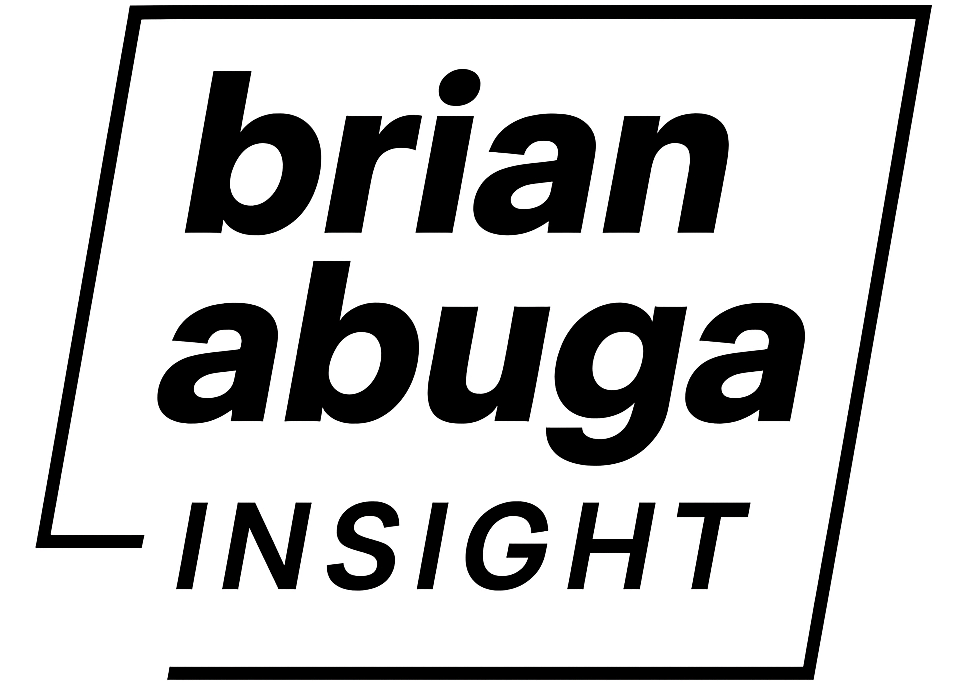When I started creating content, I didn’t have a fancy camera, a studio, or a big audience. I had my phone, a cheap ringlight, and the curiosity to see how far I could go with what I had. Most of these are still the case, by the way, but I’m still getting things done.
Years later, I’ve built blogs, YouTube channels, and a small audience that actually cares about what I share. And trust me, you don’t need to drain your wallet to start. What you need is clarity, consistency, and the willingness to learn as you go.
If that sounds like your vibe, keep reading—and when you’re done, make sure to subscribe to my newsletter and YouTube channel, where I share real, no-fluff tips for small content creators like us trying to build something that lasts.
1. Creating YouTube Videos (Your Smartphone Is Enough)
YouTube is the easiest and most flexible place to start. You can shoot, edit, and upload videos straight from your smartphone—no excuses.
When I uploaded my first YouTube video, it was shot on my phone using a cheap hand-me-down ringlight for lighting. For the audio, I didn’t even speak, but I showed up. That’s what matters. People connect more with your authenticity than your production value, especially when you’re starting.
Affordable Equipment to Level Up
Once you’ve uploaded a few videos and you’re ready to improve your setup, you don’t need to go all out. Here’s what I personally recommend (and what I use):
- Tripod: A simple, sturdy tripod, like the UBeesize 60-inch tripod, works perfectly.
- Microphone: For beginners, the BOYA BY-M1 lavalier mic delivers surprisingly clear audio for the price.
- Lighting: If your room lighting isn’t great, a Neewer Basics LED ring light or a small Ulanzi panel light will do wonders.
- Editing Software: You can start with free tools like CapCut, which works on both mobile and PC.
The key is to start creating and improve gradually. Your first few videos will feel awkward—everyone’s do. But each upload teaches you something new, and that’s the real investment.
2. Starting a Blog (Still Worth It in the Age of AI)
Let’s be real, blogging has changed. With AI flooding the internet with articles, it’s harder than ever to stand out. But it’s not impossible. In fact, if you’re writing from experience and adding your own voice, there’s still a massive opportunity.
You can then apply AI to improve your article production speed. I’ve been running blogs for years, and I’ve seen them grow from zero traffic to consistent monthly income. Blogging rewards patience, not perfection.
What You’ll Need to Start a Blog
Here’s the simple (and affordable) setup I recommend and personally use:
- Web Hosting: Go with Bluehost or Namecheap, especially the latter. Both are beginner-friendly and reliable. I’ve used both extensively, and they’re the reason my sites have stayed fast and secure.
- Domain Name: You can grab one directly from your hosting provider, like Namecheap, with easy setup and one dashboard.
- Platform: Use WordPress.org, not WordPress.com. You get full control and access to all plugins and themes. The hosting providers I’ve recommended above will offer you WordPress.org installations at no additional cost.
WordPress Themes I Personally Use and Recommend
If you want your site to look professional from day one:
- SmartMag and Contentberg are premium WordPress themes I’ve used. They’re fast, customizable, and perfect for content-heavy sites.
- But you can still start with free themes like GeneratePress or Neve. They’re lightweight, SEO-friendly, and you can always upgrade later when your blog starts earning.
Blogging Tips for 2025 and Beyond
- Focus on personal experience. Write like you’re talking to a friend.
- Don’t rely on AI-generated fluff. Search engines are rewarding authenticity again.
- Learn the basics of SEO (Search Engine Optimization)—tools like Yoast SEO make it easy.
- Publish consistently. Even once a week is enough to build momentum.
If you enjoy writing and sharing what you know, blogging is one of the most rewarding forms of content creation. It’s slower to grow, but the long-term payoff can be huge.
3. Becoming a Social Media Influencer (It’s Not Just About Pretty Photos)
Let’s get this straight: being a social media influencer is work. Not the glamorous kind you see on Instagram, but real work; strategy, planning, and constant experimentation.
When I started posting regularly, I realized quickly that the algorithm doesn’t care how creative you are. It rewards consistency, relatability, and engagement.
What Actually Works
If you’re trying to grow on platforms like Instagram, TikTok, or X (formerly Twitter), here’s what I’ve learned the hard way:
- Pick one platform first. Don’t try to dominate them all. Master one, then expand.
- Post consistently. Even 3 times a week is fine if the content is good.
- Engage genuinely. Reply to comments, collaborate with others, and build community.
- Find your niche. Mine is tech and creator tools. Yours could be anything as long as you’re passionate about it.
- Don’t fake it. People can sense forced “influencer energy.” Be real, even if you’re small.
The truth is, the hardest part isn’t going viral; it’s staying consistent when no one is watching. That’s where most creators quit. The ones who push through? They’re the ones who eventually make it.
4. Starting a Podcast (Audio Is the New Wave)
Podcasting is another low-cost but high-impact content format. You can start one with minimal gear, and if you have something valuable to say, you’ll find your audience.
I started experimenting with podcasting when I wanted to share thoughts that didn’t quite fit into YouTube scripts or blog posts. It’s an intimate medium where people literally have your voice in their ears.
Budget Podcast Setup
You don’t need a professional studio. Here’s a simple, affordable setup to get started:
- Microphone: FIFINE K690 or Blue Snowball iCE—both deliver clean sound without breaking the bank.
- Headphones: Audio-Technica ATH-M20x—great sound clarity for editing.
- Recording Software: Audacity (free) or Adobe Audition if you want more control.
- Hosting Platform: Spotify for Creators or Buzzsprout—both are beginner-friendly.
You can record from your bedroom, edit on your laptop, and have your podcast live on Spotify and Apple Podcasts within a week. And if you already create content elsewhere, podcasting is a great way to repurpose it.
5. Starting a Newsletter (Build an Audience That’s Truly Yours)
Social platforms can ban you, algorithms can shift overnight, but your email list is yours. Starting a newsletter is one of the smartest moves you can make as a creator.
I started mine to connect with readers beyond blog posts. It’s where I share behind-the-scenes insights, mistakes, and lessons that don’t always make it to YouTube.
How to Start Your Own
- Use platforms like Kit (formerly ConvertKit)—it has a generous free tier.
- Focus on value over frequency. You don’t have to email daily; just make sure each issue helps or inspires.
- Encourage signups by offering something exclusive, like a free guide, toolkit, or personal notes.
If you’ve ever thought, “I want to build a real connection with my audience,” this is how you do it.
6. Freelance Content Creation (Turn Skills Into Income)
If you’ve developed skills in video editing, writing, or graphic design, freelancing is another content path worth exploring. It’s how I started earning before my blogs and channels took off. I’ve written for and still write for clients like BGR, SUCCESS Magazine, and MakeUseof.
You can start on platforms like Upwork, Fiverr, or even reach out directly to small businesses or publications that need help managing their content. It’s competitive, yes, but your real-world results (like growing your own page or YouTube channel) act as your portfolio.
Over time, freelancing can help you reinvest in better equipment, fund your projects, and even transition into full-time content creation.
Start Small, Stay Consistent
The biggest lie in content creation is that you need to “wait until you’re ready.” You’ll never be ready, and that’s okay. Every creator you admire once had zero subscribers, zero readers, and zero followers.
Start where you are. Use what you have. Learn along the way.
If you found this helpful, subscribe to my newsletter, where I share deeper insights into growing as a small content creator, from monetization strategies to workflow hacks. And don’t forget to check out my YouTube channel for hands-on tutorials and product reviews that can help you level up your creator journey.
Your next step isn’t buying gear. It’s hitting “publish.”


